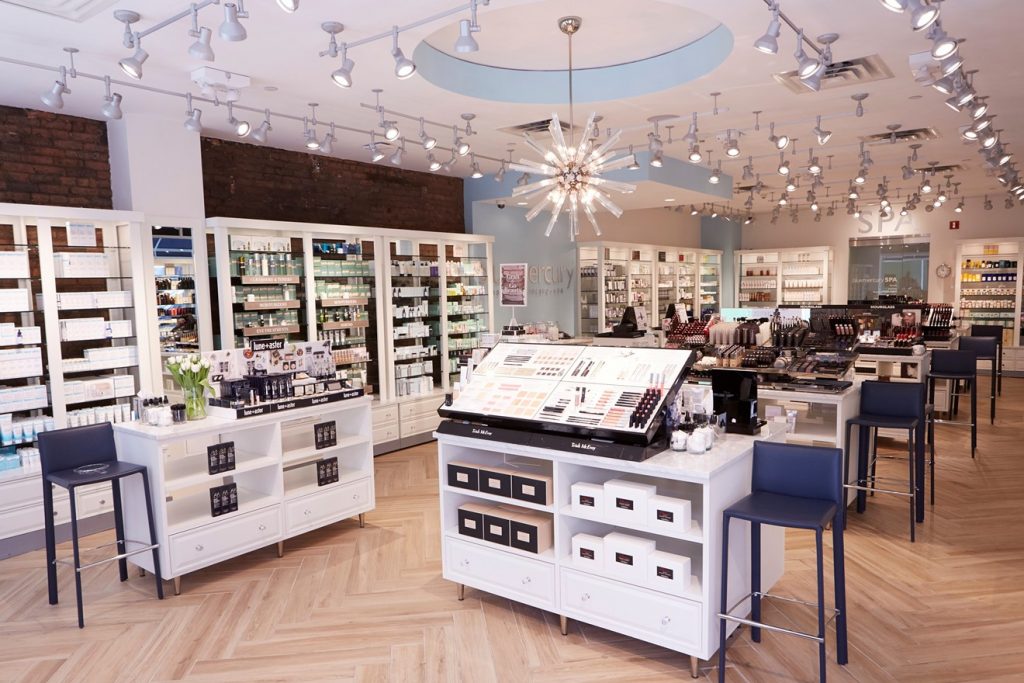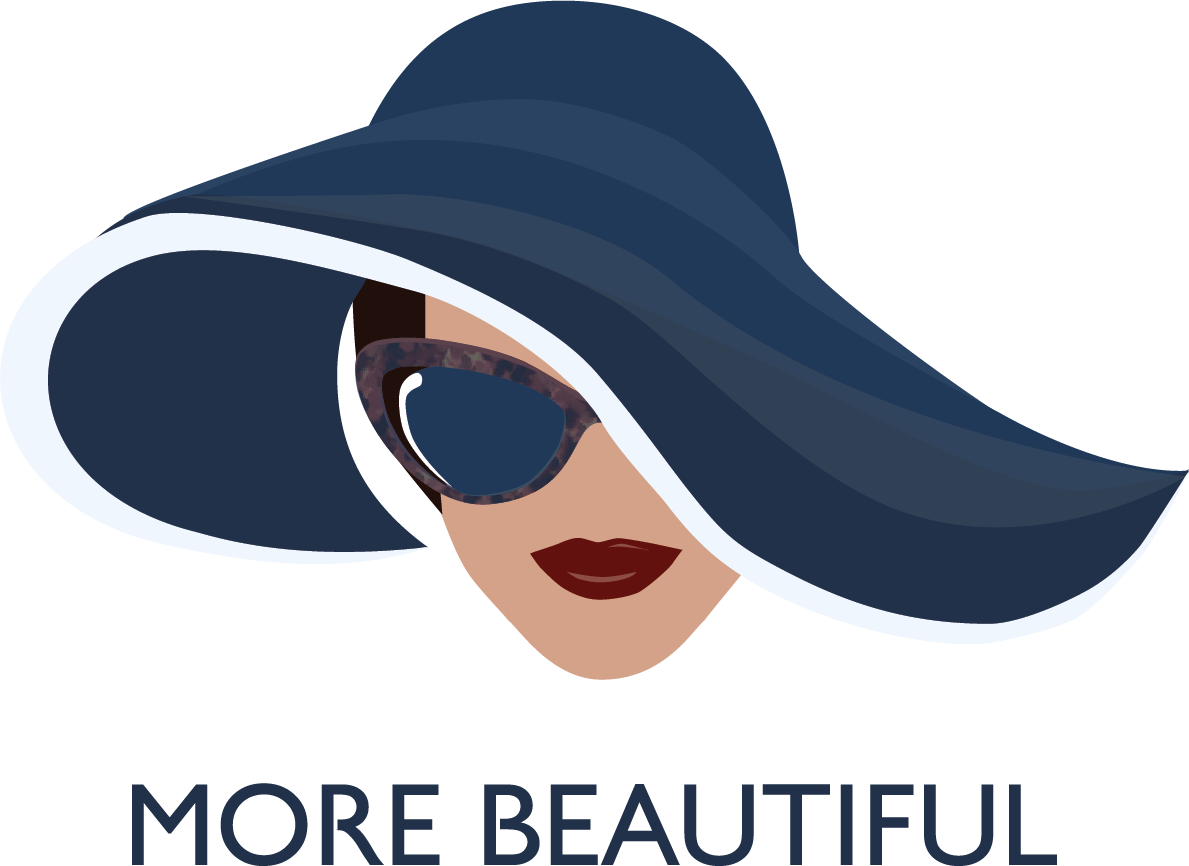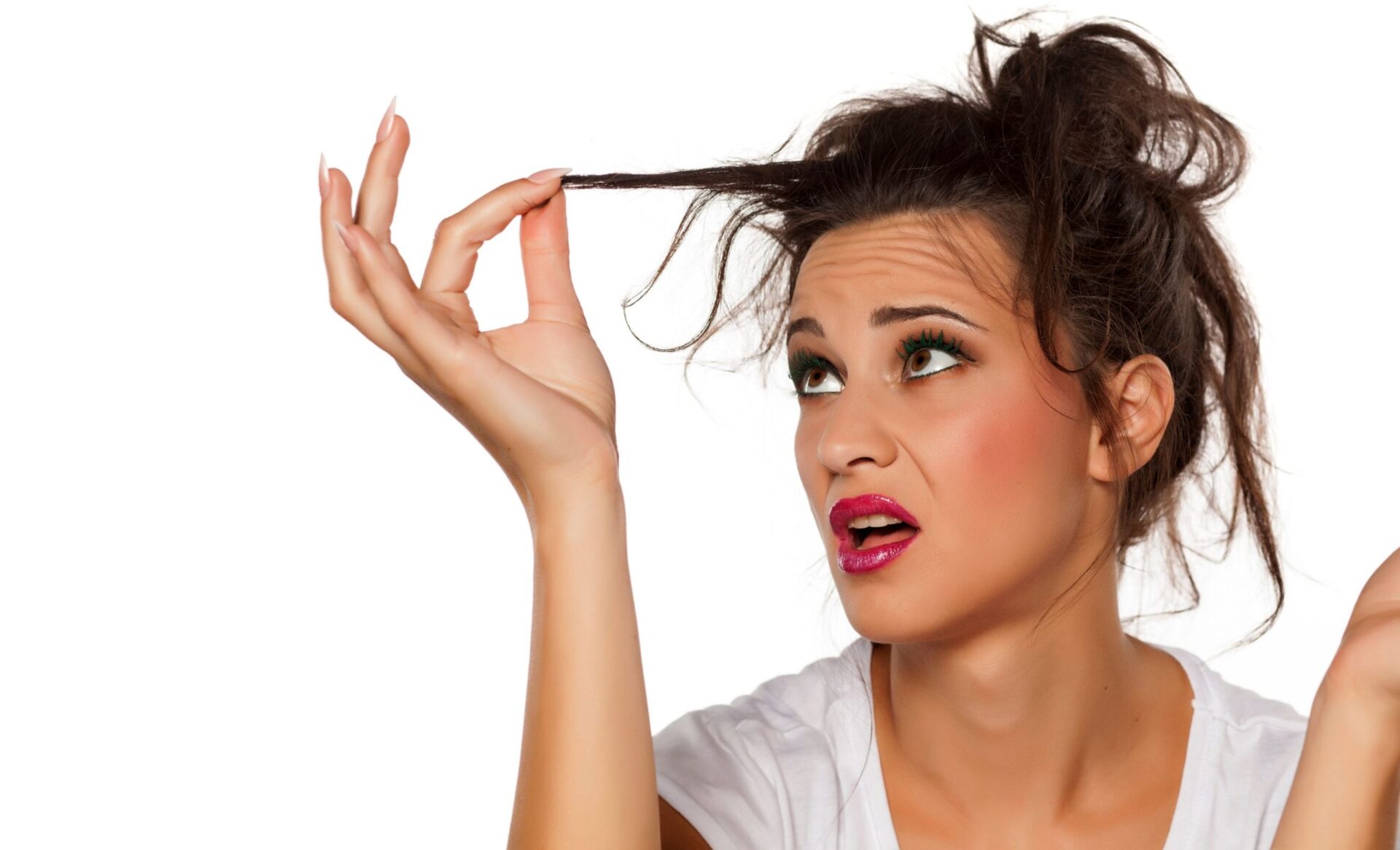
Oh what fun it is to apply…your favorite skincare products.
I’ve been obsessed with skincare since middle school. As a tween, I’d sit on my bedroom floor, flipping through the pages of Seventeen or Mademoiselle, staring at fresh-faced models touting the benefits of Noxzema skin cream or Ten-O-Six lotion. I’d accompany my mother to the drug store and stroll down the beauty aisle, mesmerized by thousands of colorful bottles, tubes and jars selling a clearer complexion, longer lashes or rosy cheeks. That pharmacy was more fun than a candy shop because those products promised not an instantaneous sugar rush (although I did get a rush from ogling them), but everlasting beauty.
I’d fantasize about having money to buy some of these potions someday (which probably motivated me to babysit). And in December, when the retail displays and holiday gift packaging made a drug-store run even more festive, I’d throw my mom hints about what I’d like to find under the tree. If I was lucky, she’d toss into my stocking a few Bonne Belle Lip Smackers and a glass tube of Kissing Potion—remember that clear lipgloss with the roll-on applicator that came in scents like bubble gum and watermelon?
Boy, was I a sucker for marketing.
I had no idea, back in the 1980s, just how youth-obsessed the beauty industry was because I was, well, young. I wasn’t looking for products to smooth wrinkles or treat dullness. All I dreamed about was some fruity lip sheen and maybe a tonic to zap the occasional pubescent zit.
However, it was not lost on me, even at age 12, that almost all the models I saw on magazine covers or television were white, blue-eyed, and under 20. There was hardly any racial diversity, and almost no age diversity. Occasionally an “older” model would pop up in an advertisement or drugstore display—a woman in her early 30s, maybe, which was apparently old enough to represent a special “anti-aging” product. And the messaging was usually about the need to cover up one’s age, because looking any older than 29 was frowned upon. In a 1989 ad from Oil of Olay, 34-year-old actress Kristine Sutherland declared that she’s “going to fight aging every step of the way” by using the cream, which can “help you look younger—now.”
Unfortunately, the concept of anti-aging wasn’t conceived during our lifetime. Women have been trying to turn back time since at least the Indus Valley Civilization (2500-1550 B.C.E.), which developed powders to improve complexions and herbal remedies to prevent hair from graying. Ancient Egyptian ruler Cleopatra is said to have bathed in donkey milk to maintain everlasting beauty. In the 1600s, Elizabethan women in England placed slices of raw meat on their faces to reduce wrinkles. (So maybe Lady Gaga was onto something with her raw meat outfit). In the 1700s, French upper-class women treated their frown lines with aged wine.
In the 20th century, consumerism took the anti-aging movement to a new level, tapping into women’s fears about getting older. In the 1940s, Helena Rubinstein rolled out a “hormone cream” that promised to reduce wrinkles and prevent unattractive sagging in women over 30. Around the same time, an advertisement for a similar product called Endocreme asked, “How long since he said ‘I love you’?” and suggested the potion could help a woman “look young again” so her man stays interested in her during her “advancing years.” A 1951 ad for Dorothy Gray Celogen Cream featured a worried-looking woman pondering the question, “Does your husband look younger than you?” The copy then reads:
“You may side-step the tragedy that overtakes so many wives…Glance about among your friends. How many of the wives look older than their years…and tragically older than their husbands? Unfair though it may be, the tiny lines, the trace of wrinkles, the loss of skin tone and color, matter very little in the measure of a man’s attractiveness, but can make a heartbreaking difference in a woman’s.”
Fast-forward to the 1970s, when the Women’s Lib movement inspired some companies to sell products with more empowering messages and images of strong-willed and independent females. Print advertisements showed ladies driving their own cars and paying for products with their own money. Still, many brands continued to run ads that either focused on a woman’s attractiveness to men or played on their insecurities about aging.
In the 1990s, manufacturers began to see the benefits of reframing older women as appealing and beautiful. As Baby Boomers aged, companies like P&G and L’Oréal churned out new skincare lines for “mature skin” and softened their tone to target those prized over-30 consumers. For its 1992 “Truly Beautiful Woman” campaign, the Brazilian company Natura used real women over 30 as models and linked beauty to self-esteem, rather than youth. In 2005 Dove launched its “Campaign for Real Beauty” featuring women of various ethnicities, body sizes, and ages. Beauty brands also began hiring older celebrities such as Diane Keaton and Jane Fonda to tout their products, even if the companies still used anti-aging terminology like “Miracle Blur” and “Age Defying.”
But sometime around 2010, this type of negative branding stopped resonating with consumers. From 2010 to 2015, sales of products in the “anti-aging” category fell from $2.2 billion to $1.9 billion, according to a report from Mintel. During this time, women began investing in physician-backed prevention and treatment creams and all-natural cosmetics geared toward all age groups, or targeted to specific skincare needs instead of age.
Then, in 2017, Allure magazine declared it was banning the term “anti-aging” from its pages altogether because the descriptor reinforces “the message that aging is a condition we need to battle.” Days after this announcement, the American Association of Retired Persons (AARP) announced that it, too, would eradicate anti-aging from its written materials.

These days, I’m noticing that most skincare lines have broad target markets. Sephora’s website does have an anti-aging section, but it’s buried within a drop-down menu of concerns including “fine lines and wrinkles,” “dullness” and “acne.” When you take the retailer’s “solution quiz” to find the right products for your skin type, you’ll input conditions like dryness or combination skin—but not your age.
I have to say, I love the direction the beauty industry is going in. I love the fact that companies such as Rihanna’s Fenty brand have included foundations and formulas for dozens of skin colors. I love that agencies are taking on more mature models, and that an increasing number of products are labeled as “moisturizing” instead of “anti-aging”—targeting the skin instead of shaming the woman. I love that advertisers are no longer focused on scaring us about getting older, but rather encouraging us to embrace our age.
As more beauty brands start to get it, the number of offerings can be overwhelming. Although I source most of my skincare stash from specialty shops, I still get pleasure from strolling through my local drug store, clumsy basket in hand. I have a few valued drugstore favorites, such as CeraVe’s moisturizers and RoC’s sunscreens. And when standing in front of those rows and rows of face creams, cleansers, oils and powders at Walgreen’s or CVS or Duane Reade (depending on what city I’m in), I feel like that preteen again, awaiting my allowance so I can finally buy that bubble gum lipgloss.



